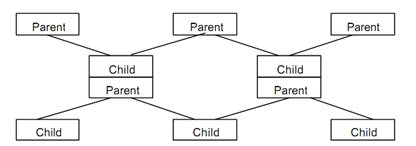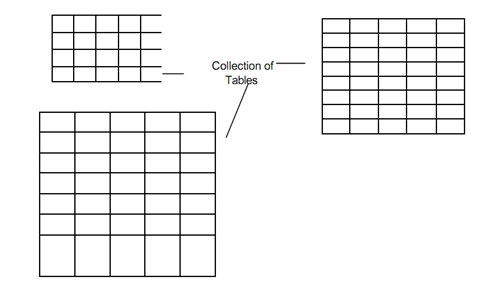Manufacturing Data Base Management
Data base management is a significant consideration due to the large amount of data associated with the concept of a one-part model & configuration management. In an engineering/manufacturing environment, data encountered might be categorized into four basic types:
- Product data comprising text, graphic and numeric data.
- Operational data describing the events of production, such as schedules and lot sizes.
- Production data, describing the process of manufacturing.
- Resource data, describing the resource involved in production, such as machine and tools.
There are four basic steps of data management: retrieving, storing modifying, and reporting. The data of interest might be in a distributed system at several locations. Alternatively there will be an enormous amount of data pertaining to further complicacy in performing operational tasks such like transaction trace ability, backup, fault tolerance, and security. Comparing it with the existing environment in a typical manufacturing firm, where so many problems are encountered in managing data in one database so that inventory and bill-of-material records are accurate adequate to support MRP. Extensive research is being carried out in the area of data base management system that shall support a CIM environment. Most of the data base management systems arrange data in one of three ways: network, hierarchical or relational. In a hierarchical structure, data records are associated in a tree like manner maintaining a hierarchy.

Figure: Database Structure: Network
A parent record might have many children, but a child record might have just one parent record. In network structure, data record follows many-to-many record. These types of databases are suited for environments requiring high transaction rates and limited access paths. It has been illustrated in Figure. In relational database, data is stored as a collection of tables formed of rows and columns. This type of database is suitable when many unanticipated queries may be made. Generally transaction rate is slower than that of hierarchical or network data base structure. It has been illustrated in given figure. There are a few databases, management systems that provide all of three structures, because none of the above might be applied in all circumstances effectively while utilized in isolation. Research works are in a process to develop an object oriented structure in which data and associated attributes are organized like a group with standardized outputs and inputs to make the structure more robust. The application will be under control of the data base management system providing an unchanging user interface.

Figure: Database Structure: Relational